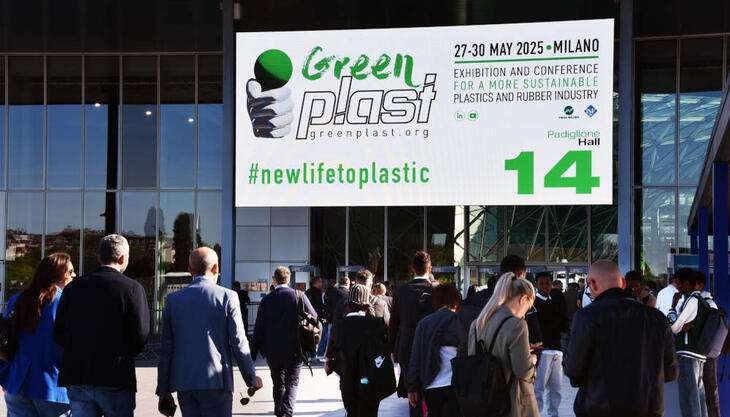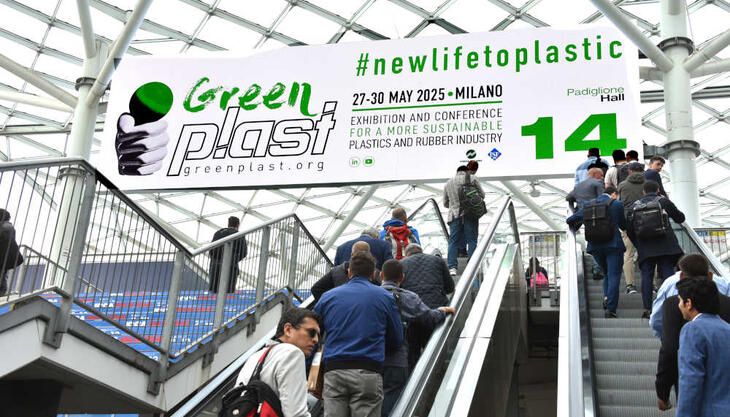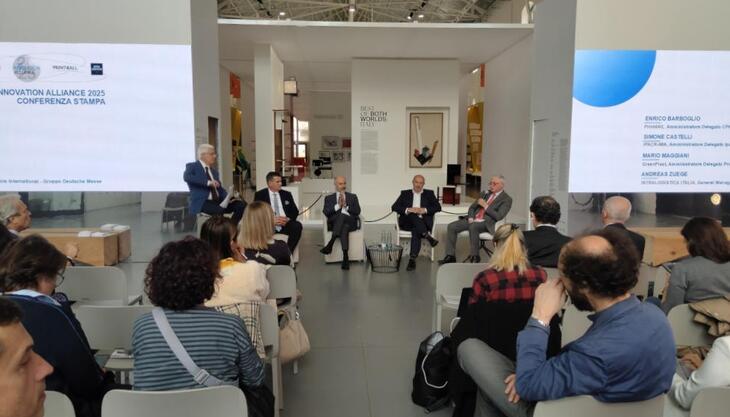A beacon for the plastic industry of the future

Chinaplas is already preparing to return to Shenzhen from 15 to 18 April 2025, at the World Exhibition & Convention Center, to welcome over 3,900 exhibitors from around the world. With thousands of machines on display, the Chinese exhibition represents and engages all sectors of the plastic industry. Exhibitors and buyers will discuss the latest technological innovations, creating new opportunities for collaboration and expanding their commercial prospects.
The economic dynamism of Asia continues to create fertile ground for growth opportunities in the plastics sector, aided by the Regional Comprehensive Economic Partnership (RCEP), which facilitates free trade between the ten ASEAN countries and five of their partners: Australia, China, Japan, New Zealand, and South Korea. In June 2024, according to the IHS Markit PMI (Purchasing Managers Index), one of the leading global economic indicators, the Asian manufacturing sector reached 51.1%, unchanged from the previous month, staying above 51% for four consecutive months, showing a consistent recovery.
Asia remains therefore the locomotive of global economic growth, especially in the area of Chinese foreign trade, which has exceeded expectations. In fact, in the first half of 2024, the total value of imports and exports of goods reached 21.17 trillion renminbi (over 2.7 trillion euros), a 6.1% increase compared to the previous year. Furthermore, in 2023, the total imports and exports of China, along with those of the other 14 RCEP signatories, amounted to 12.6 trillion renminbi (over 1.65 trillion euros), a growth of 5.3% compared to the previous year. The effects of this agreement are expected to lead to further growth over the next decade, providing significant opportunities for the plastics and rubber industries.
Other emerging sectors also show growth figures that confirm this trend. In the first quarter of 2024, China’s new renewable energy capacity reached 63.67 gigawatts, an increase of 34% year-on-year, representing 92% of the total capacity. From January to May, solar energy capacity reached around 690 million kilowatts, up by 52.2% year-on-year, while wind energy capacity reached about 460 million kilowatts, showing a year-on-year increase of 20.5%. The new energy vehicle sector also saw rapid growth, with a 30.1% increase in production and a 32% increase in sales in the first half of 2024. Similarly, new opportunities are emerging in areas such as artificial intelligence and robotics, providing fresh impetus to economic development.
In addition, Shenzhen, recognised as China’s industrial capital, is actively promoting 20 emerging strategic industries and eight next-generation industries. These include sectors closely linked to plastics, such as high-definition monitors, smart sensors, aerospace components, medical devices, and high-performance materials.
Chinaplas, therefore, stands out in promoting a mission that spans the entire plastics value chain. The event leads the transformation and upgrading of the sector, focusing on high-quality, smart, and sustainable development for the future of the industry. In this context of relentless innovation, the 2025 edition of the Chinese fair will be an unmissable opportunity for companies and professionals eager to stay at the forefront of an increasingly environmentally connected sector.



















